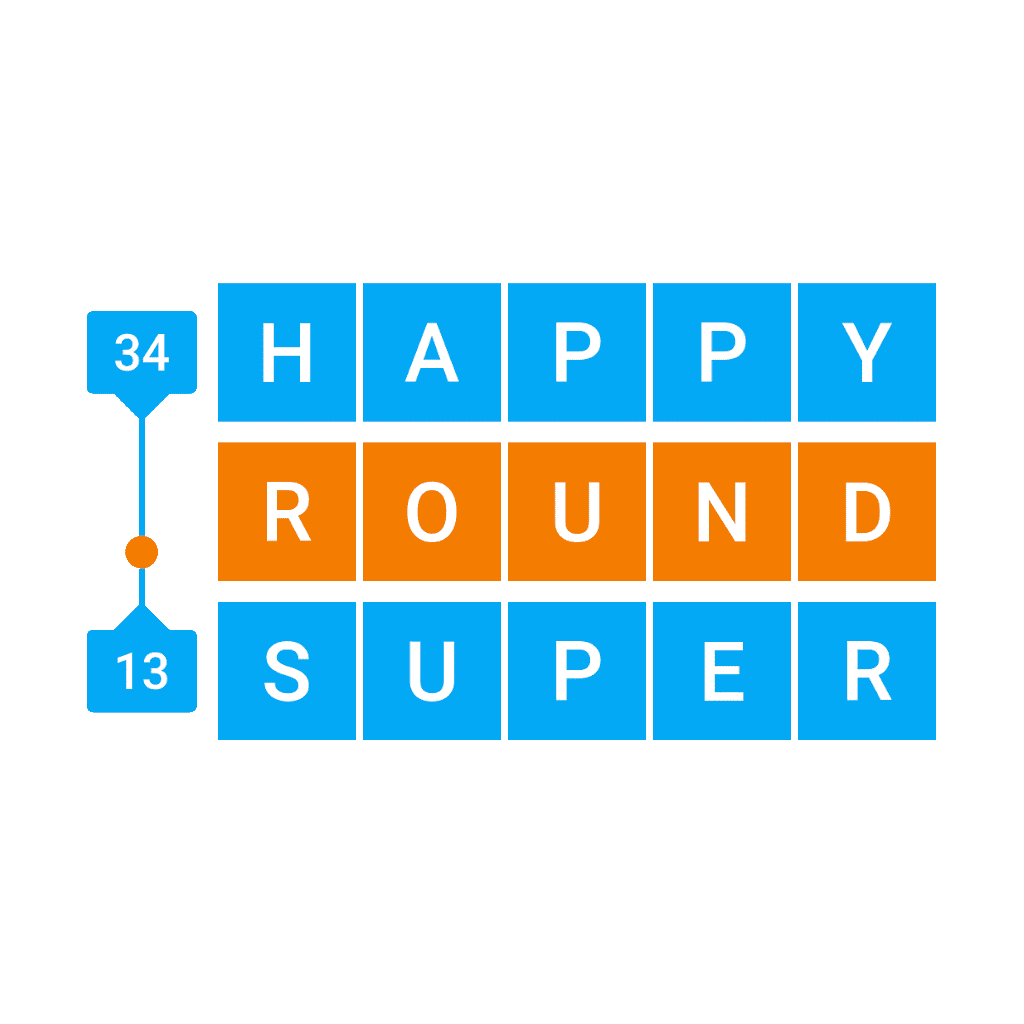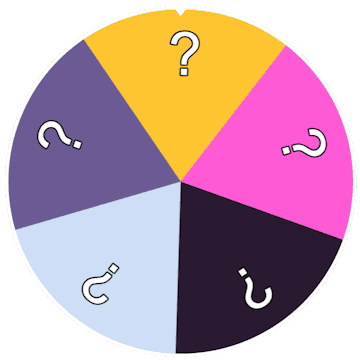Scrabble is more than just big words and lucky tiles. It’s a game of strategy, and knowing what to focus on can quickly take your skills to the next level. On average, each player gets around 12 to 14 moves per game. Surprisingly, 75% of all words played are just 2 to 4 letters long and they make up about half of the points scored. And here’s something else: players who win typically play twice as many bingos (7-letter words) as their opponents.
These Scrabble tips cover the three major areas that matter most: rack management, board control, and word knowledge. Mastering the mix of these will help you make smarter moves, no matter if you’re just starting or trying to get better.
Rack management
Your rack is more than just the luck of the draw. It’s about keeping a healthy balance of vowels and consonants, avoiding duplicates, ditching unplayable tile combos, and holding onto bingo-friendly letters whenever possible.
Board control
This is all about timing and placement. You want to use the bonus squares to your advantage while making sure your opponent can’t do the same. It also means deciding when to open up the board or tighten it, and setting yourself up for strong parallel plays.
Word knowledge
The word arsenal you build from a solid Scrabble dictionary gives you the edge when it matters most. Many strong players memorize useful word lists without focusing on meaning. The more short words (2- to 4-letter), power tiles (Q, X, Z), prefixes, suffixes, and bingo stems you know, the more options you’ll have on every turn.
Here are 10 Scrabble tips that bring all these strategies together and can help you play smarter, score higher, and win more often.
Tip 1: Focus on your final score, not every move
It’s tempting to go for the highest-scoring play every turn, but that’s not always the smartest strategy. A move that looks good now might mess up your rack or give your opponent an opening. Play with the whole game in mind.
Example:
In the game shown below, the rack was E, F, I, I, N, O, S—a mix that could lead to several longer and higher-scoring plays on the current board. Instead of going big right away, the player chose to play LI for just 4 points. Why? Because it set up a perfect spot to drop FINES on a triple word score in the next move, scoring 30 points and gaining a strategic edge.

Tip 2: Start strong, finish smart
Try to use longer words and high-value letters like J, Q, X, and Z early on when the board is more open. In the endgame, quick, short words and efficient rack usage become more important.
Tip 3: Clear out high-point letters early
Don’t hang onto the Q or Z for too long, they limit your flexibility. Save room on your rack for common, low-point letters like A, E, I, N, S, T that help form bingos.
Tip 4: Make wildcards do more work
Blanks score zero, but they’re still gold. Use them to complete high-value plays, especially if they help form words with Q, X, Z, or J.
Example highlighting tips 3 and 4 above:
In the late-game moment shown below, the player’s rack was E, I, N, O, Q, R, ?. With limited moves left, she needed to get rid of the Q quickly, but also wanted to make the most of her wildcard. She spotted an open Z on the board and played QUIZ, using the blank as a U. That one move cleared the Q, used the blank strategically, and scored 42 points by connecting to a high-value spot. Word knowledge and smart timing came together perfectly here.

Tip 5: Keep a balanced rack
A well-balanced rack gives you more flexibility and better word options. Aim for a healthy mix of vowels and consonants (ideally, about 3 or 4 of each). Watch out for clunky combinations that are hard to play, like WU, VU, YU, UU, II, VV, WW, YY, QW. These are called death combos, and the sooner you break them up, the better.
When you’re stuck with too many vowels, play vowel dumps (words that help you get rid of multiple vowels in one go while still scoring a few points. It might not be flashy, but it can save your rack and set up a stronger play next turn.
We’ve put together printable lists of vowel dump words and a breakdown of the most common death combos, along with tips for memorizing and using them effectively.
Tip 6: Own the bonus squares
One of the most important Scrabble strategies is learning how to use the bonus squares and how to keep your opponent from using them. Placing your most valuable Scrabble tiles (like Q, Z, X, and J) on double or triple letter and word scores can make even short words hit big. Understanding how bonus squares work is part of knowing the Scrabble rules inside and out. If you're not using them strategically, you're leaving points on the table.
Tip 7: Don’t leave the door open
Avoid setting up bonus squares for your opponent. Skip hooks and leave tricky combinations instead of easy openings.
Tip 8: Adjust your play based on the score
If you’re ahead, tighten the board and limit big plays. If you’re behind, open it up and create more chances for yourself to score big.
Example:
In the example below, the player makes a strong move with ZEBRA, gaining a comfortable lead. From this point on, she shifts strategy and begins to close the board, limiting open lanes and access to bonus squares. Until this move, the board offered more expansion opportunities, but now, defense takes the lead.

Tip 9: Learn short words and use them well
2-letter words are the backbone of the game. They help with tight placements and parallel plays that stack up extra points. Knowing 3- and 4-letter words gives even more flexibility.
If you want to level up your Scrabble game, start with the small stuff. Two-letter words are the backbone of high-level play. They’re essential for tight placements and parallel plays, stacking words side by side for double, triple, or even quadruple point hits. Knowing your 3- and 4-letter words expands your flexibility, giving you more options when space is limited or your rack is awkward.
Don’t forget: 75% of all words played in a typical game are just 2 to 4 letters long, and they account for about 50% of the total points scored. That’s a huge return for a small investment in memorization. We’ve got dedicated word lists and printable cheat sheets to help you master these fast.
Tip 10: Expand your word arsenal
Scrabble isn’t just about long words, it’s about knowing the right words. That includes words with tricky Scrabble tiles like Q, Z, X, and J. There aren’t many of them, so they’re worth learning by heart. The quicker you can spot a playable Q word without a U, or hook a Z into a short parallel word, the faster you’ll rack up points.
It’s also smart to learn common prefixes and suffixes. These help you build onto existing words or spot hooks and extensions your opponent might miss. For example:
- Common prefixes: RE, IN, UN, OUT, SUB, OVER
- Common suffixes: LY, ING, ABLE, ER, ES, EDS
And don’t forget bingo stems like TISANE, SATINE, and RETINA (letter combos that can form dozens of 7-letter words). We’ve created easy-to-study tables and printable lists with examples and definitions to help you memorize these patterns, including tricky Z-words and X-words.
Beyond Scrabble
Scrabble tips like these don’t just sharpen your game here, they’ll help you in other word games too. Whether you’re solving anagrams, playing Words With Friends, tackling a Wordle, or working through a crossword, many of these skills give you a real edge.
Want a quick recap? Here’s a short video summing up the main Scrabble strategies: rack management, board control, and word knowledge.
Keep practicing, keep learning, and watch your word game skills level up across the board!
Need help finding the best plays? Try our Word Finder tools:

 NY Times Mini
NY Times Mini NY Times Crossword
NY Times Crossword NY Times Wordle
NY Times Wordle NY Times Connections
NY Times Connections NY Times Connections Sports Edition
NY Times Connections Sports Edition NY Times Strands
NY Times Strands NY Times Spelling Bee
NY Times Spelling Bee NY Times Pips
NY Times Pips Word Salad
Word Salad Contexto
Contexto Blossom
Blossom Betweenle
Betweenle Conexo
Conexo Bracket City
Bracket City Fluxis
Fluxis Stacks
Stacks Atlantic Crossword
Atlantic Crossword LA Times Mini
LA Times Mini LA Times Crossword
LA Times Crossword Anagram Solver
Anagram Solver Scrabble Word Finder
Scrabble Word Finder Words With Friends Word Finder
Words With Friends Word Finder Atlantic Games
Atlantic Games LA Times
LA Times Zorzzle
Zorzzle Word of Fortune
Word of Fortune
